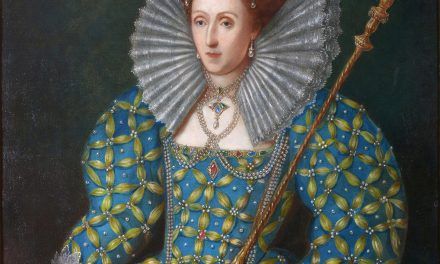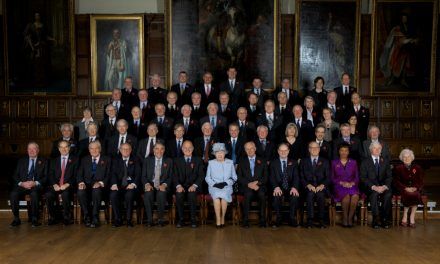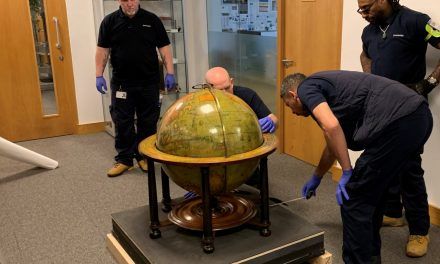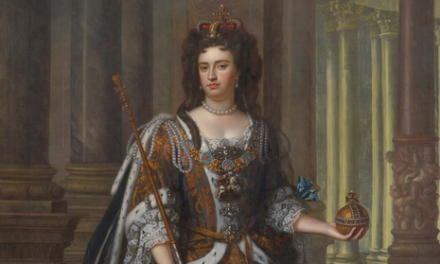At a service held in the Temple Church in September the Inns of Court will celebrate more than a century of their involvement with the Inns of Court Gainsford Trust, which was originally known as the Inns of Court Mission. It was founded in 1897 for the relief of poverty of those living in the vicinity of the Inns on the initiative of Sir Gainsford Bruce, a Bencher of Middle Temple.
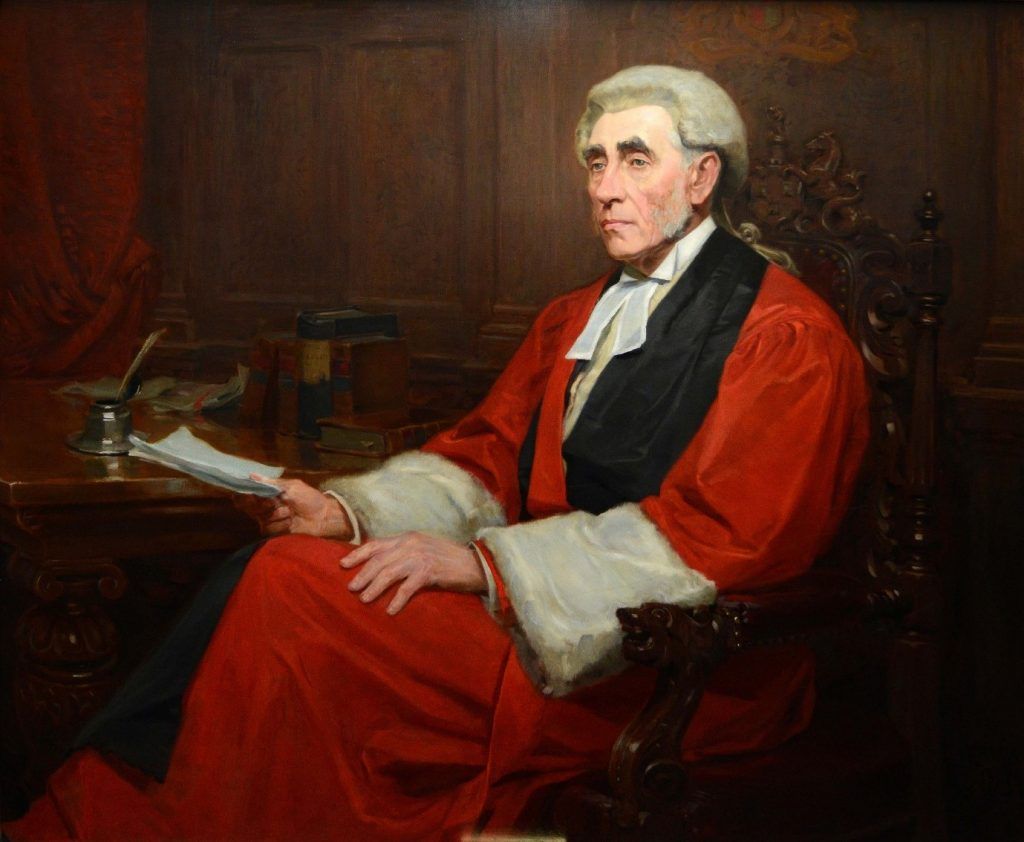
(in Middle Temple Bench Apartments – hung at the top of the staircase above the Armoury)’.
Copyright Middle Temple
Gainsford Bruce was one of 13 men Called to the Bar by the Inn on Friday 10 June 1859. He joined the Northern Circuit and practised mainly in Durham and Newcastle which then were on the Northern Circuit, before the North Eastern Circuit was created.
Gainsford Bruce’s progress was steady rather than spectacular. He took Silk in 1883 and, as Queen’s Counsel were required to do in those days, he joined professional chambers in London, becoming a member of 2 Harcourt Buildings.
He was elected a Bencher of Middle Temple in 1888 and was the Inn’s Autumn Reader in 1897, which entitled him to display his coat of arms in Hall. His armorial panel can be seen on the west wall of Middle Temple Hall. There is a large portrait of Sir Gainsford by Ralph Hedley at the top of the stairs in the Bench Apartments above the armoury.
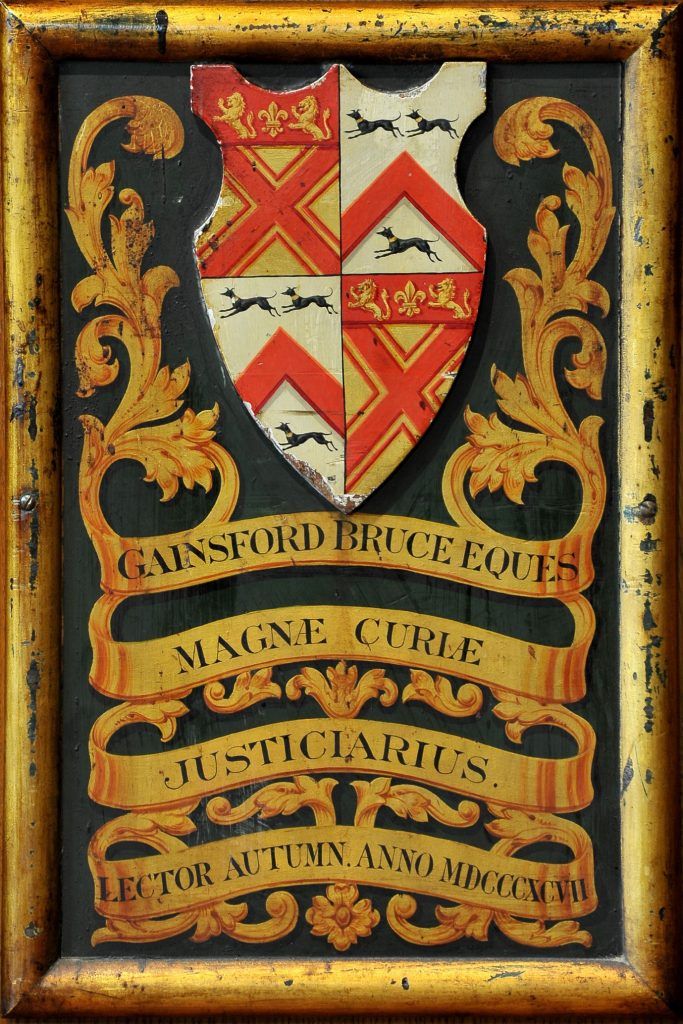
Copyright Middle Temple
Gainsford Bruce tried, and failed, to become an MP on four occasions in the 1880s, eventually succeeding in a by-election in 1888, to become the Conservative Member of Parliament for Holborn, a seat which he held at the next general election, in 1892. But his parliamentary career was short-lived. He resigned his seat when he became a judge of the Queen’s Bench Division.
Sir Gainsford Bruce’s pleasant demeanour and conscientious dedication to his work was widely acknowledged and appreciated. His work in court would be refreshed each afternoon by a cup of tea, which was brought to him on the Bench punctually at 15:30. His judicial style was quiet and understated.
He was not a profound lawyer, but he was a sound judge. On his death in 1912, the Law Journal recorded that ‘no litigant ever left his Court without feeling that his case had been fairly and fully tried.’ Not a bad epitaph for a judge.
Gainsford Bruce gave his time to several charitable causes and was instrumental in setting up the Inns of Court Mission. The area around Kingsway, Holborn, Roseberry Avenue and Clerkenwell, as well as the land on which the Royal Courts of Justice was built in the 1870s, was notorious in those days for its slums, and for what one observer described as ‘nests of disorderliness’; infectious disease, prostitution, open sewers, and defective drains.
The Mission occupied premises at 44-46 Drury Lane, which were opened by HRH The Prince of Wales in 1904. The Mission had two sections, one for working men and boys, the other for ladies, the Ladies’ Association. Although they shared the same premises, the two did not mix.
For the men, there was a gym in the basement and four full-sized snooker tables upstairs. It was from here that the Gainsford Amateur Boxing Club was run. A member of the club recalls: ‘It got kids off the streets’. They went on organised holidays and had a rich history of training boxers. On one occasion in 1958, the club was visited by Prince Philip. It was suggested to some young men that they should apply to become barristers’ clerks.
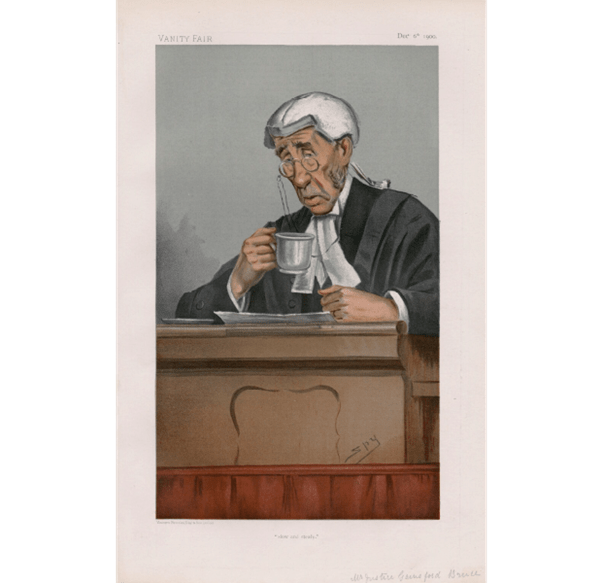
Members of the Bar were encouraged to get involved in the men’s section for one night a week and to make themselves visible, under the direction of distinguished judges who chaired the Trust such as Sir Leslie Scarman and Sir Ralph Gibson, as they were then, both Middle Templars who went on, amongst other things, to become Chairmen of the Law Commission.
In those days, the wives of members of the Bench and Bar were encouraged to take an interest in the Ladies’ section and at that time it was the wives who did the club’s work.
In due course in the 1980s, the lease of the Mission’s premises in Drury Lane came up for renewal. Sir Ralph Gibson skilfully assembled a good deal with some developers who wished to redevelop the valuable site when Covent Garden was being regenerated. If it had gone ahead, the deal would have secured the future of the Mission. But when the Covent Garden Community Association heard about the proposals, they vigorously opposed them as an attempt by a bunch of overpaid barristers to burnish their social responsibility credentials, but really to enable some property developers to benefit from the redevelopment of Covent Garden Market. That effectively killed off the men’s and boys’ section of the Inns of Court Mission.
However, the Ladies’ Association continued, indeed it flourished, meeting regularly for tea parties on a Tuesday afternoon in a community hall off Leather Lane in Holborn, with some form of entertainment: talks, quizzes, magicians, line dancing and Irish folk singing all featured, as well as services at Easter and Christmas (conducted by the Master of the Temple, or latterly by my predecessor as Reader of the Temple, Master Hugh Mead).
At Christmas the Ladies met for a lunch, hosted by the Inns, followed by carol singing led by the enthusiastic Metropolitan Police Choir, which seemed to grow larger and larger each year and was greatly enjoyed, not least for the badinage and mild flirtation that took place between the old ladies and retired policemen.
To leave this description of the Trust’s activities at that would be to overlook the enormous number of other Gainsford events and outings which have been organised over the years, including visits to St James’ Palace and other royal residences. The Gainsford Ladies regularly contributed to Queen Mary’s Needlework Guild. In 1976, Mrs Allard, aged 90, who had made 60 garments, was presented to HM Queen Elizabeth the Queen Mother, a former Royal Bencher of Middle. The old ladies were still knitting in 2009 when a table of their woollies was apparently a sell out at the Bench and Bar Arts and Craft Exhibition.
In addition, there were country house luncheon parties at the homes of the Trustees, visits to the theatre and the Royal Opera House, day trips to the seaside at Clacton, Hove, Southend, and Worthing, with afternoon tea and cakes of course – and perhaps a stop off at a pub on the coach journey back to London.
All this charitable activity was funded by legacies and donations from the Bench and Bar and their families and friends. It used to be the practice, until recently, for the Trustees to write to congratulate the new Silks on their appointment and invite them to make an annual donation to the Trust. There were also fundraising events such as champagne parties at the Inns, a Ball at the Hurlingham Club and in Middle Temple Hall, together with the sale of paintings from the regular Bench and Bar Art Exhibition, held in Lincoln’s Inn Old Hall.
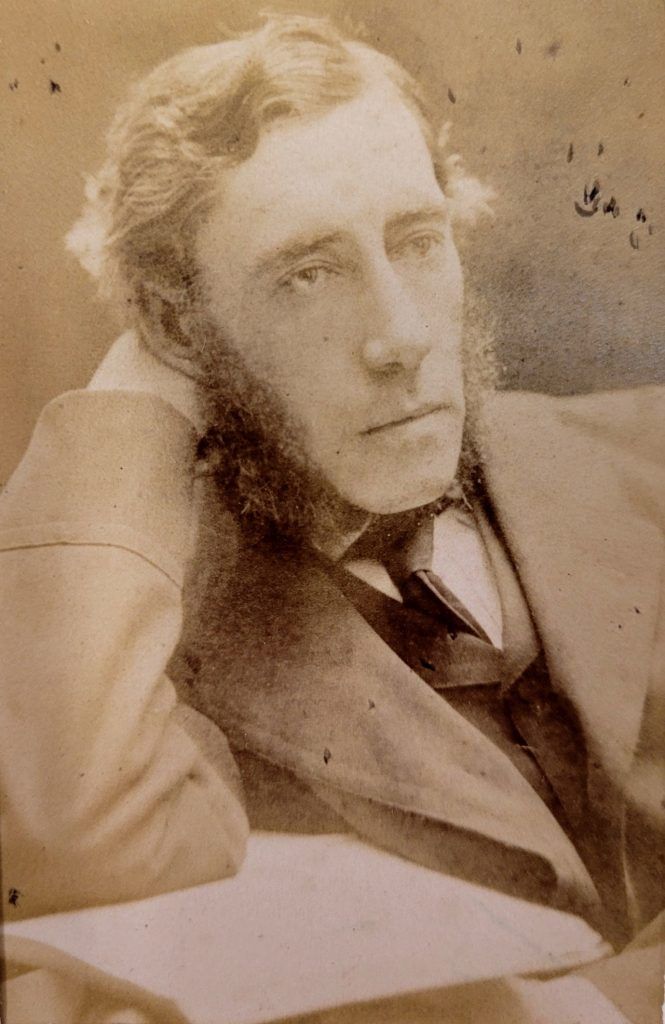
Copyright Middle Temple
The lockdown restrictions caused by Covid-19 dealt heavy blows on so many, including charities such as the Gainsford Trust. As a result, the regular Tuesday afternoon meetings at Leather Lane, punctuated by outings and events, could not take place and hospital visits were no longer permitted. Not only did the number of beneficiaries begin to decrease but retiring members of the Trust’s Council (many of whom had given years of devoted service) became increasingly difficult to replace, with the wives of judges and barristers often pursuing high-powered jobs themselves and contributing to family life, without the time to commit to voluntary associational activity of the kind represented by the Gainsford Trust.
As a result, the Trustees decided earlier this year, after much deliberation, and with the approval of the Trust’s Council, to transfer the Trust’s assets to the Barristers’ Benevolent Association to continue the work of providing support, comfort and help to members of the Bar and their dependants consistent with the Trust’s objectives and the vision of Sir Gainsford Bruce.
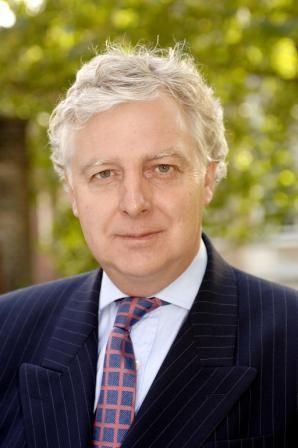
Master Mark Hatcher is a former Trustee of the Inns of Court Gainsford Trust. He is the Reader of the Temple at the Temple Church.

